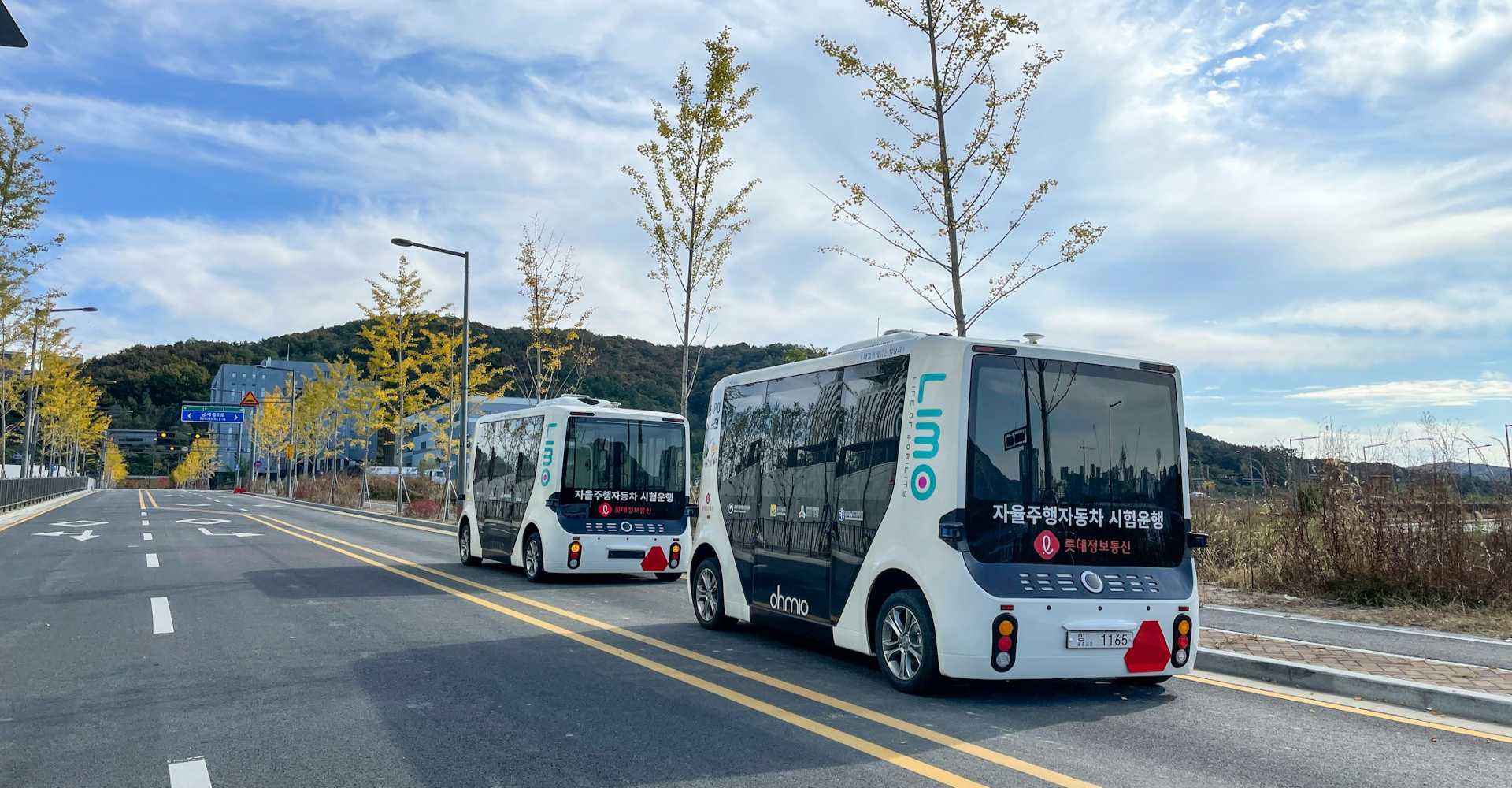AMOD Accessibility Solutions are transforming how we approach public transportation, especially in regions with significant accessibility challenges. The ArtMED project is transforming the Interreg Euro-MED region by integrating Autonomous Mobility on Demand (AMOD) solutions to create efficient and sustainable mobility systems. These efforts align with broader regulatory frameworks for automated driving, such as the recent UNECE regulations on automated driving systems that set safety standards for autonomous vehicles in various traffic conditions. For more details, see UNECE’s work on automated driving regulations.
What is AMOD Accessibility?
Autonomous Mobility On Demand (AMOD) combines the flexibility of Demand-Responsive Transport (DRT) with Autonomous Vehicles (AVs) to create efficient, eco-friendly public transport solutions. They aim to address the challenges faced by over 40.6 million people in the Euro-MED region who live in sparsely populated areas and experience limited access to reliable public transport. These solutions are crucial in reducing dependence on private cars, cutting carbon emissions, and improving access to essential services.
Why AMOD Accessibility Solutions Matter
Solving Transportation Challenges in Remote Areas
AMOD Accessibility Solutions address key issues in public transportation, particularly in sparsely populated regions where reliable transit is lacking. These solutions leverage advanced technology to provide a flexible and efficient alternative to traditional public transport, decreasing reliance on private vehicles and enhancing public transit accessibility.
The implementation of AMOD is further supported by ethical insights from the European Commission, which has outlined recommendations for the safe and ethical transition towards automated vehicles. These recommendations focus on road safety, ethical data use, and ensuring technology benefits all stakeholders. These principles are fundamental to the effective deployment of AMOD in regions like the Euro-MED. Learn more from the European Commission’s driverless mobility recommendations.
AMOD vs. Traditional Public Transport
While traditional public transport relies on fixed routes and schedules, AMOD offers greater adaptability. These solutions allow users in remote areas to access transport as needed, making them ideal for addressing the unique challenges of sparsely populated areas in the Interreg Euro-MED region.
ArtMED’s Role in AMOD Accessibility Solutions
The ArtMED project is at the forefront of implementing AMOD Accessibility Solutions in the Euro-MED region, with the goal of improving transportation access and efficiency while reducing environmental impacts. ArtMED’s work aligns with the Green Living Areas Mission, promoting the reduction of personal vehicle use and fostering healthier communities.
This initiative also supports the European Commission’s Urban Mobility Framework, which emphasizes sustainable, inclusive, and efficient transport. This framework is critical in making urban and rural areas more accessible while also contributing to the EU’s emission reduction goals. More information can be found on the EU’s urban mobility and accessibility framework.
Enhancing Accessibility and Sustainability with AMOD Solutions
Challenges and Solutions for Rural Transport
Many areas in the Euro-MED region have unreliable or non-existent public transport, which significantly impacts vulnerable populations such as the elderly or those needing access to essential services. AMOD solutions for accessibility aim to close this gap by providing adaptable and on-demand transportation services, reducing isolation, and connecting communities to vital services.
The flexibility offered by AMOD ensures that transport is available where it’s needed most, utilizing on-demand services to connect communities and reduce the over-reliance on personal vehicles, ultimately promoting social inclusion.
Reducing Carbon Emissions with AMOD
AMOD Accessibility Solutions also play a crucial role in environmental sustainability. The adoption of autonomous and shared mobility reduces the carbon footprint of transportation, especially in regions where people predominantly rely on personal cars. ArtMED’s goal is to reduce CO2 emissions by 72% through the deployment of AMOD, helping to create a more sustainable Euro-MED region and benefitting both local populations and the broader environment.
Empowering Public Transport Authorities (PTAs) with AMOD
ArtMED provides Public Transport Authorities (PTAs) with the tools and training needed to effectively implement AMOD solutions. These resources include data analysis tools and the AMOD impact assessment tool, enabling PTAs to make informed decisions about integrating AMOD into their local transport systems.
ArtMED also offers customized support tailored to local needs, ensuring that the deployment of AMOD solutions is effective and suitable for each area’s specific conditions, whether geographic, demographic, or socio-economic.
Piloting AMOD Solutions in Euro-MED Regions
The AMOD impact assessment tool plays a crucial role in the planning and evaluation of AMOD Accessibility Solutions. This tool will soon be piloted in Slovenia, Portugal, Italy, and Greece, allowing these regions to assess the impact and effectiveness of AMOD, thus paving the way for broader implementation of autonomous mobility.
Conclusion
AMOD accessibility solutions have the potential to bridge the gap in mobility for sparsely populated areas, providing a sustainable and equitable approach to public transportation. Through initiatives led by the ArtMED project, AMOD is demonstrating its ability to reshape public transport across the Euro-MED region, offering enhanced accessibility, improved quality of life, and reduced environmental impacts.
To stay updated on ArtMED’s latest developments and discover how AMOD Accessibility Solutions can transform public transport in your area, follow our progress here.


